The violin spider—often called the Mediterranean recluse and closely related to the North American brown recluse—gets its name from the violin-shaped marking on the cephalothorax. Many individuals can also shift their body tone slightly darker or lighter for camouflage. Because its bite can be medically significant, being able to recognize and safely relocate these spiders helps protect both people and the spider.
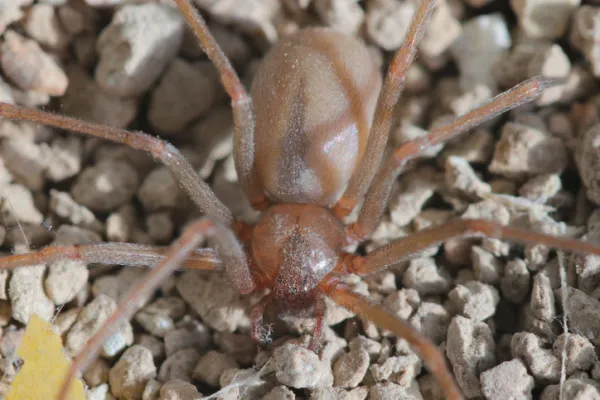
Note: “Violin spider” here refers to Loxosceles rufescens. It’s a different species from the brown recluse (L. reclusa), but their appearance and bite management are similar.
Size: Body length up to ~2 cm (legs not included).
Eyes (important!): Unlike most spiders with 8 eyes, violin spiders have 6 eyes set in three pairs—one central pair and a pair on each side.
Violin mark: A dark, violin-like patch on the cephalothorax; crisp in some individuals, faint in others.
Color/camouflage: Light tan to brown with subtle color change ability that aids concealment.
Web & behavior: Make irregular, messy webs in quiet, undisturbed, dusty corners—behind furniture, closets, garages, storage rooms. Mostly nocturnal and shy; bites usually occur when the spider is pressed against skin (putting on a shoe, moving boxes, cleaning).
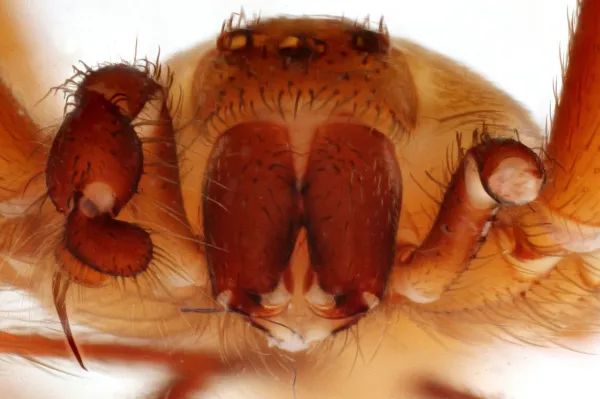
Humane removal tip: Place a wide-mouthed container over the spider, slide a stiff card underneath, and release it outdoors in sheltered vegetation. Wear gloves and avoid squeezing.
The venom contains enzymes that can damage tissue. Severity varies with amount of venom, body size, and individual sensitivity.
Redness and swelling around the bite.
Burning/tingling pain or pronounced itching.
Numbness or tightness in the area due to swelling and reduced blood flow.
Edema; sometimes a firm, tender area develops.
In severe cases: Progressive skin/tissue necrosis that may turn into a dark scab (eschar).
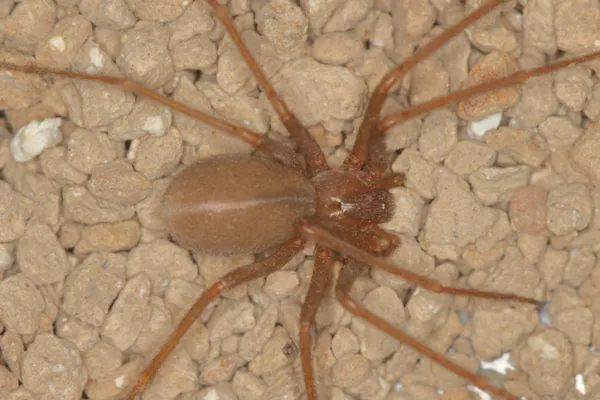
Fever, headache, nausea/vomiting, rapid heartbeat (palpitations), general malaise.
Systemic signs often appear within 24 hours if they are going to occur.
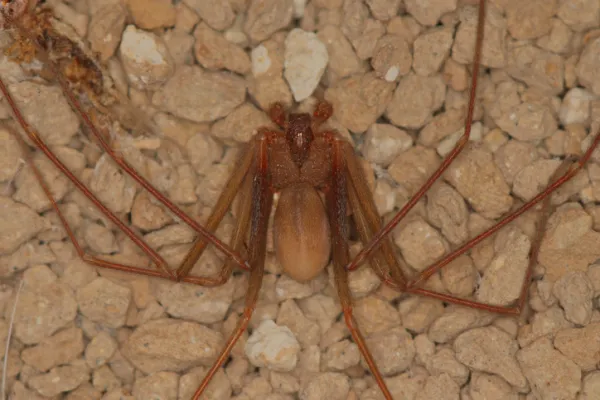
Watch for signs of infection later (increasing redness, warmth, pus), since a bite is still a break in the skin.
Treat as a potentially serious bite and seek medical care promptly.
Get medical help as soon as possible for proper assessment and care.
Help identification (if safe): Take a clear photo or bring the contained spider to healthcare providers.
Keep calm: Anxiety raises heart rate and can hasten venom spread.
Cold therapy: Apply a cold pack wrapped in cloth for 10–15 minutes at a time, with breaks. Elevate the affected limb to reduce swelling.
Clean the area: Rinse gently with clean, running water. If using an antiseptic, choose a colorless one so clinicians can evaluate skin changes.
Do not cut, suck, cauterize, apply tourniquets, or use unproven remedies.
Monitor temperature and overall symptoms; share details with your clinician.
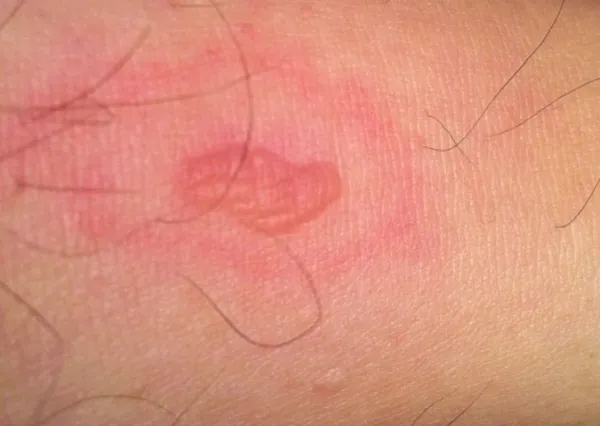
Declutter & clean: Regularly vacuum/clean corners, under beds, behind furniture, storage areas.
Wear gloves when cleaning, moving boxes, or working in sheds/garages.
Shake out shoes and clothes that have been on the floor or stored.
Seal gaps and reduce hiding places along baseboards, closets, and utility areas.
Reduce insects indoors (their food), which makes your space less attractive to spiders.
Relocate, don’t smash: Humane capture and outdoor release lowers risk and preserves beneficial predation on household pests.
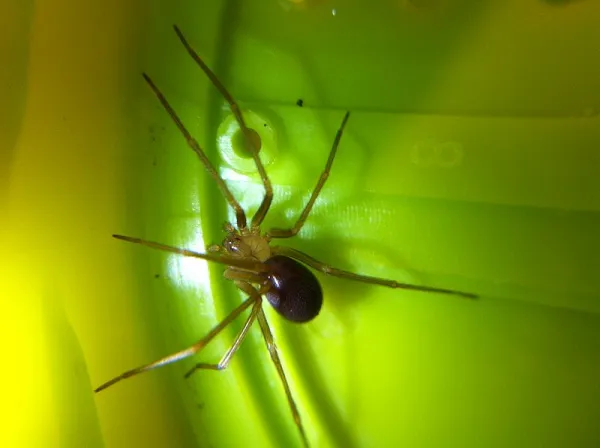
Key traits to highlight:
The six-eye arrangement (three pairs).
The violin marking on the cephalothorax.
Typical indoor microhabitats (behind storage boxes, closet corners).
Bite evolution (only if appropriate): mild redness → swelling → in severe cases, central darkening/eschar—avoid graphic close-ups.
This article is educational and not a substitute for professional medical advice. For any suspected envenomation or worsening symptoms, seek medical care promptly.
animal tags: violin spider
We created this article in conjunction with AI technology, then made sure it was fact-checked and edited by a Animals Top editor.